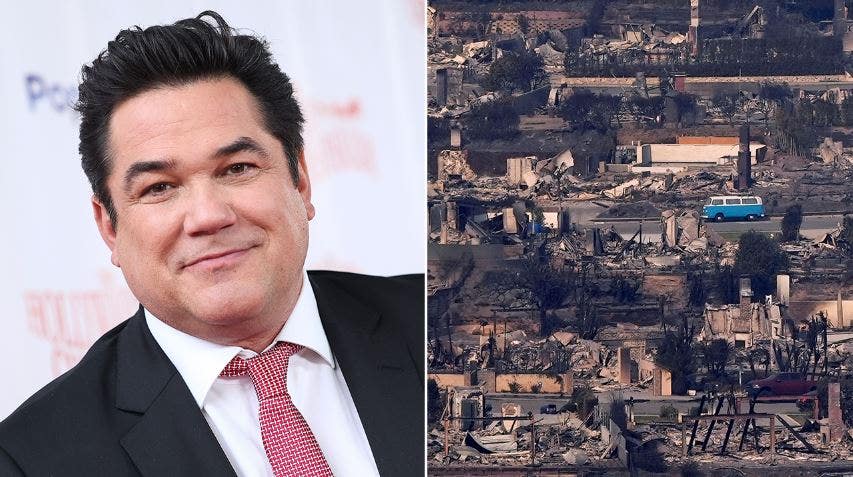The United States has lost yet another nuclear power plant despite the Biden administration’s efforts to prevent the country’s largest source of zero-carbon electricity from shrinking any further.
On Friday, the Palisades Nuclear Generating Station, an 800-megawatt reactor plant in southwest Michigan, shut down more than a week early, dashing hopes that a last-ditch appeal by Gov. Gretchen Whitmer (D) for federal funding might prevent the site from going offline.
The plant, with the capacity to power 800,000 homes, safely operated for 50 years on the shores of Lake Michigan. But the facility, like many other U.S. nuclear plants, struggled to make money as cheap natural gas gobbled up its share of the electricity market.
Utility giant Entergy, the plant’s owner, announced in 2017 it would close the plant by 2022. Last month, Whitmer sent a letter to the Department of Energy formally requesting a share of a $6 billion fund the White House established to bail out financially-troubled but safe-to-operate reactors. Opened in 1971, the plant was licensed to operate through 2031. The plant was scheduled to shut down permanently on May 31.
But on Friday Entergy said it moved the closure up by 11 days after its operators identified a “performance issue” with a mechanical part of the reactor, a control rod drive seal, and “made the conservative decision to shut down the plant early.”
“The enduring legacy of Palisades is the thousands of men and women who safely, reliably, and securely operated the plant, helping power Southwest Michigan homes and businesses for more than 50 years,” Darrell Corbin, Entergy’s site vice president, said in a press release. “We refer to a credo at Palisades: ‘Palisades Proud.’ Thanks to the pride, professionalism, and hard work of our 600-member team, we finished Palisades Proud.”
Once Entergy removes the reactor, it plans to sell the plant to New Jersey-based Holtec International, a nuclear reactor component maker, to decommission the site.
Michigan generates the majority of its electricity by burning natural gas and coal, which cause climate change and spew disease-causing particulate matter into the air. If gas power replaces the electricity Palisades produced, Michigan’s annual greenhouse gas emissions will increase by 2.8 million metric tons, according to an analysis of federal data by the pro-nuclear think tank the Breakthrough Institute. That’s equivalent to adding more than 600,000 cars to the road. If the Great Lake State’s coal-fired J. H. Campbell Generating Plant makes up the difference, emissions will go up by 5.9 million metric tons — equal to nearly 1.3 million additional automobiles.
Fossil fuels have replaced nuclear plants in virtually every place where reactors shut down. After the 2011 Fukushima disaster, Germany began rapidly closing its nuclear plants even as it sought to open new coal mines. The country became more reliant on Russian natural gas. Now, as the war in Ukraine compels Germany to slash its Russian imports, Europe’s largest economy is considering extending its deadline for quitting coal entirely.
In April, the Indian Point Energy Center, the nuclear plant that provided the bulk of New York City’s zero-carbon electricity, permanently closed after decades of protests by environmentalists. Overnight, fossil fuels’ share of the grid that powers the nation’s largest city soared to 90%.
Critics of nuclear power say the energy source’s 80-year safety record does not justify the potentially catastrophic risks of human error, exemplified in the only two deadly reactor meltdowns in history, Fukushima and 1986’s Chernobyl. Another lesser accident, the partial meltdown at Pennsylvania’s Three Mile Island in 1979, stoked those fears closer to home. Depictions in popular culture including hit documentaries and miniseries on those past accidents, and Homer Simpson, the buffoonish nuclear plant operator in “The Simpsons,” have driven home the risks associated with atomic energy.
But pro-nuclear advocates say the industry’s steady safety improvements and stringent regulation make it a vital tool, especially given the unrivaled efficiency and reliability of producing electricity with heat from a fission reaction. And they say the risks fossil fuels pose, both to the planet’s habitability and the health of communities living nearby, are far greater.
Many environmentalists hope renewables alone can provide enough electricity to simultaneously phase out nuclear power and fossil fuels. But solar and wind power depend on weather conditions and require huge numbers of panels and turbines to produce electricity in the volumes needed to equal fission or fossil. Improved transmission infrastructure would help move renewable electricity from where it’s abundant to where it’s needed, but local opposition to power lines has made them difficult to build. And the more climate-polluting sectors like transportation and building heating transition to electric alternatives, the more that power will be needed on the grid.
Diablo Canyon Power Plant, California’s last nuclear station and the source of nearly 10% of the state’s electricity, is now the next of the U.S.’s remaining 90 or so plants slated for closure, in 2025.
Despite already contributing by far the largest share of humanity’s cumulative carbon dioxide mess in the atmosphere, the U.S. has struggled to lower its emissions in the face of mounting warming-fueled disasters and dire warnings from scientists. The country’s carbon output increased 6% last year as the economy rebounded from pandemic-related lockdowns. Emissions are expected to grow by another 2% this year.




